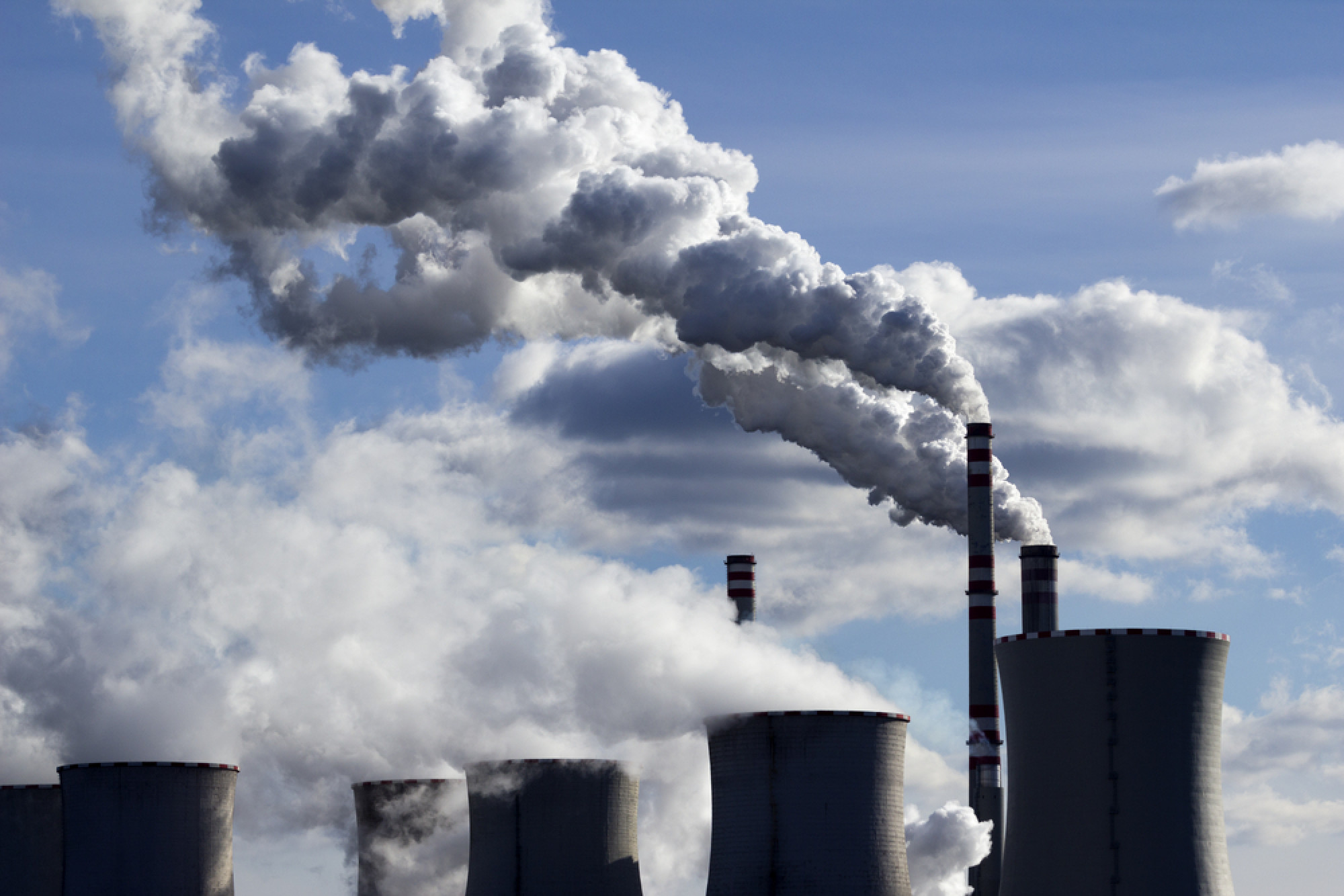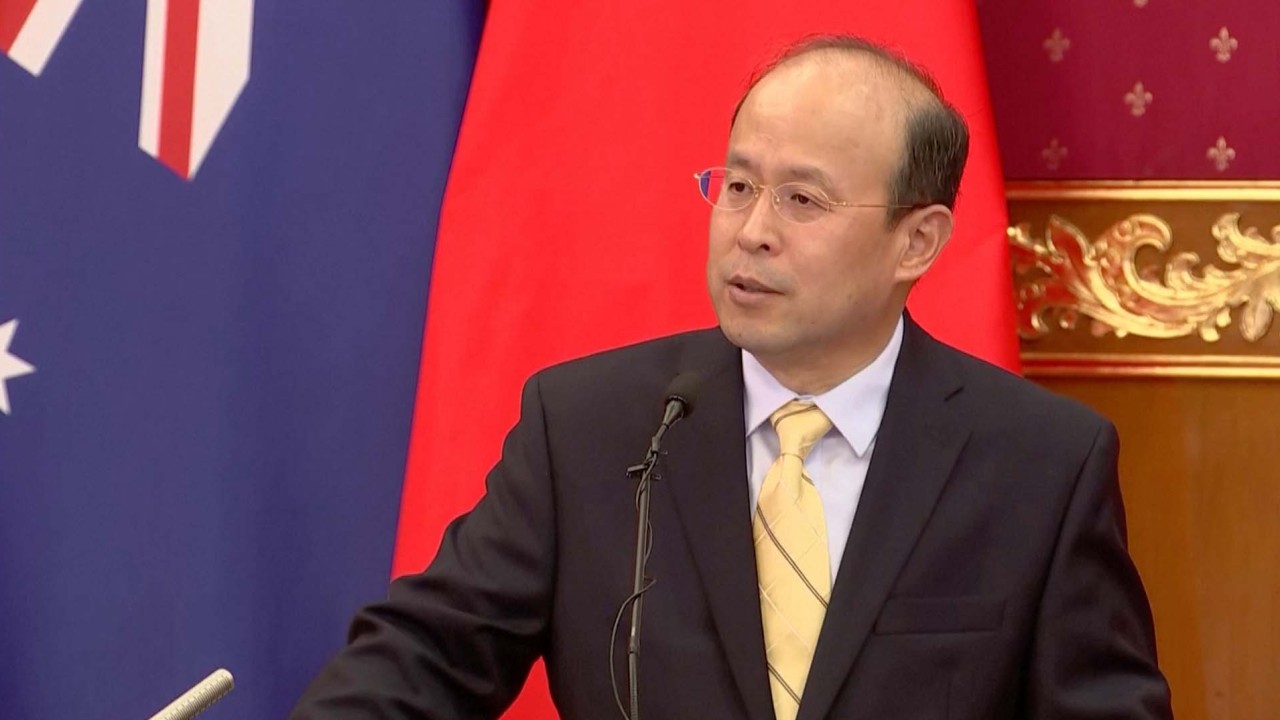
Can coal-reliant China and India make a smooth transition to green energy?
- China and India account for 60 per cent of global coal use and have pledged to slash emissions to reach a target of net zero by 2060-2070
- However, consumption of the fossil fuel in both nations has increased as industrial activity rebounds after three years of Covid
The nations account for more than 60 per cent of global coal consumption, and are aiming to slash their emission levels by 2030 to arrive at net zero targets by 2060-2070. But fulfilling those goals is dependent on how soon they can wean themselves off fossil fuels.
The world’s second-largest economy approved three times as much coal-fired power last year from the previous year in the wake of crippling blackouts that hit industrial activity and household consumption.
Even though analysts expected China’s coal consumption to plateau through 2025 and renewable energy to rise, the new approvals for coal mining and power capacity means there is uncertainty about what comes next as the fuel remains the default electricity supplier.
“Coal plant and mine permitting increased during the power shortages in 2020 and 2021, and whether or not that additional capacity comes online after 2025 remains to be seen,” Global Energy Monitor said in written responses to This Week in Asia.
In its annual budget last week, India vowed to keep “green growth” as a priority and earmarked more than US$4 billion for the nation’s energy transition, but many of the proposals may only tap into energy sources other than renewables to meet short-term needs, analysts said.
India suffered one of its worst power crises in April 2021, which disrupted industrial activity just when it was picking up during the pandemic.
There is some emphasis on increasing coal production and use to meet increasing demand on account of high economic growth
Earlier this month, New Delhi asked utilities not to retire old coal-fired plants to meet a surge in electricity demand. The nation’s power consumption in January rose by nearly 13 per cent year-on-year.
India also recently received bids from 56 companies for 36 coal blocks which it opened up after months of declining fuel inventories.
“There is some emphasis on increasing coal production and use to meet increasing demand on account of high economic growth,” said Vibhuti Garg, director of South Asia at IEEFA. “While India has long-term plans to achieve net zero by 2070, coal [use] will continue for some time before it reaches its peak,” she added.
India fell short of its renewable energy installation target by 30 per cent last year due to supply chain disruptions and higher input costs during the pandemic, although the work has started picking up as logistic bottlenecks have eased and costs have fallen.
India’s target is to achieve around 20 gigawatts of renewable energy each year, but even if the country achieves 10-15 gigawatts, it would be sizeable, said Vivek Jain, director at India Ratings and Research.

“The energy mix is changing in favour of renewables in India as the bulk of the new generation capacity is from renewables, but coal-powered generation is likely to increase over the next few years albeit at a slower pace,” he added.
India will need to import around 100 million tons of coal annually to meet the incremental power needs, said Vinay Rustagi, managing director of Bridge to India, a renewable energy consultancy firm.
Unlike developed countries, it’s difficult for developing nations – who have historically contributed only minuscule portions to global emissions – to suddenly switch from their coal dependency because of the costs, analysts said.
But falling costs of renewable energy could quicken the transition, as is the slowing appetites in fossil fuel investments by large corporations.
But the silver lining is it is likely to accelerate their transition to renewable energy, said Simon Nicholas, energy finance analyst at IEEFA.




